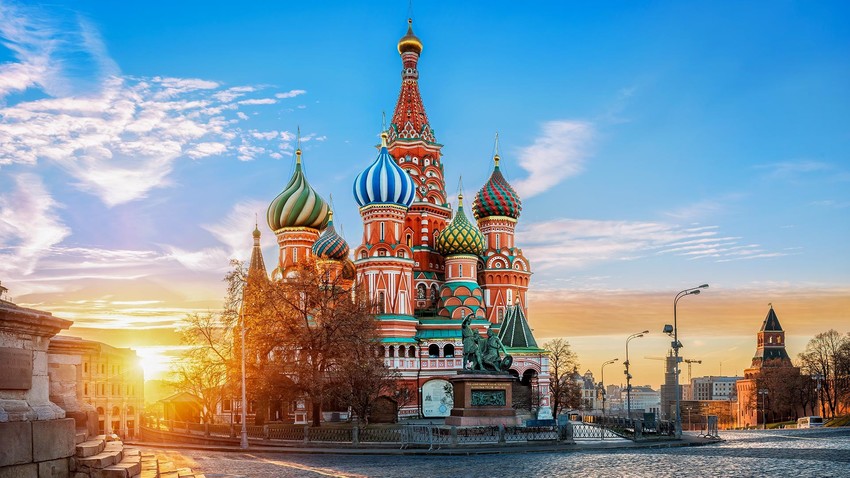
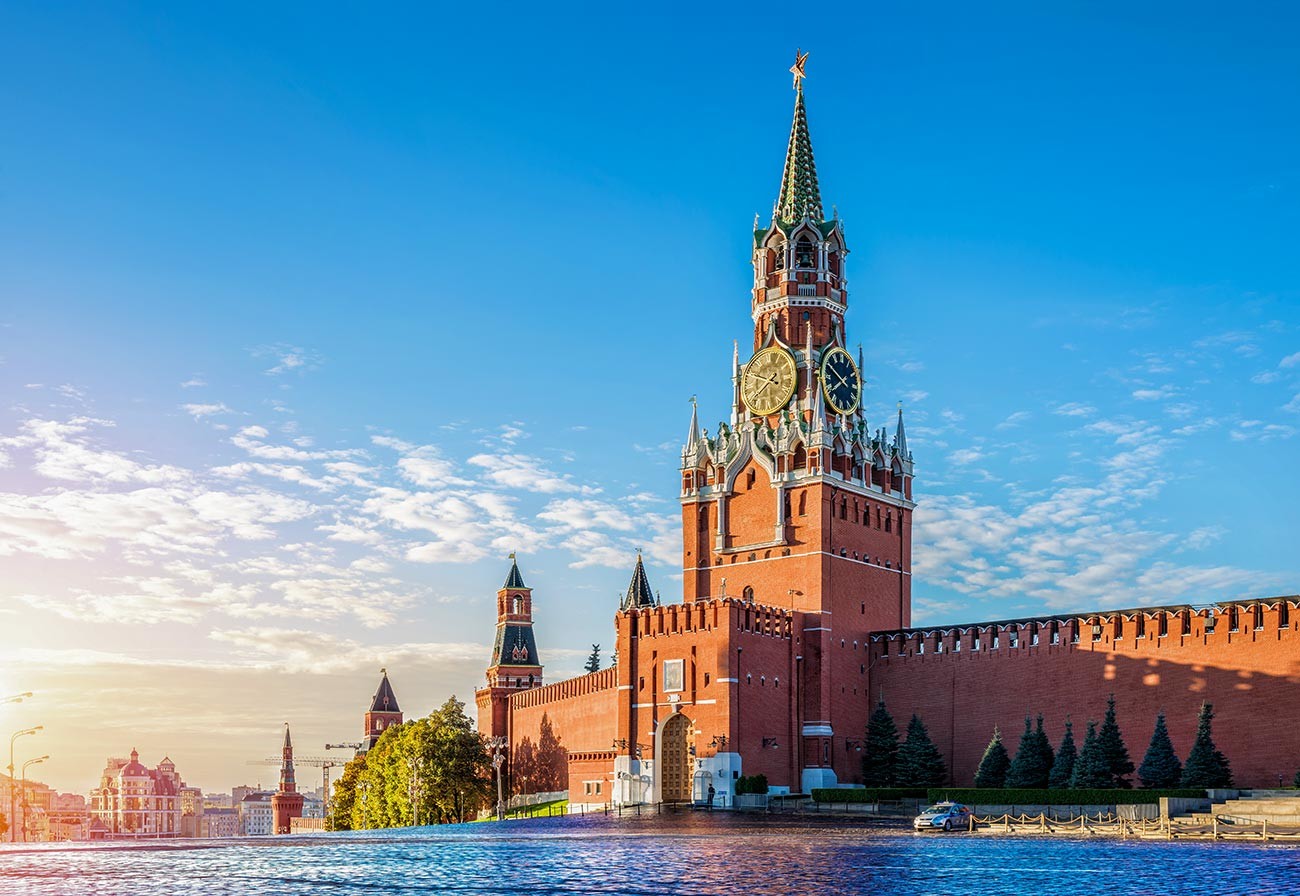
Perhaps the most recognizable building in Russia and beyond. But did you know that Italian architects were responsible for this symbol of Russian power? Their skills were highly valued back in the days of Muscovite Russia. In the 15th century, Ivan III invited a team of architects from Italy, consisting of Aristotle Fioravanti, Aloisio da Milano, Antonio Gilardi, and Pietro Antonio Solari, to transform the capital’s fortress. It was they who designed the first Kremlin towers, as well as the churches and palaces inside its walls.
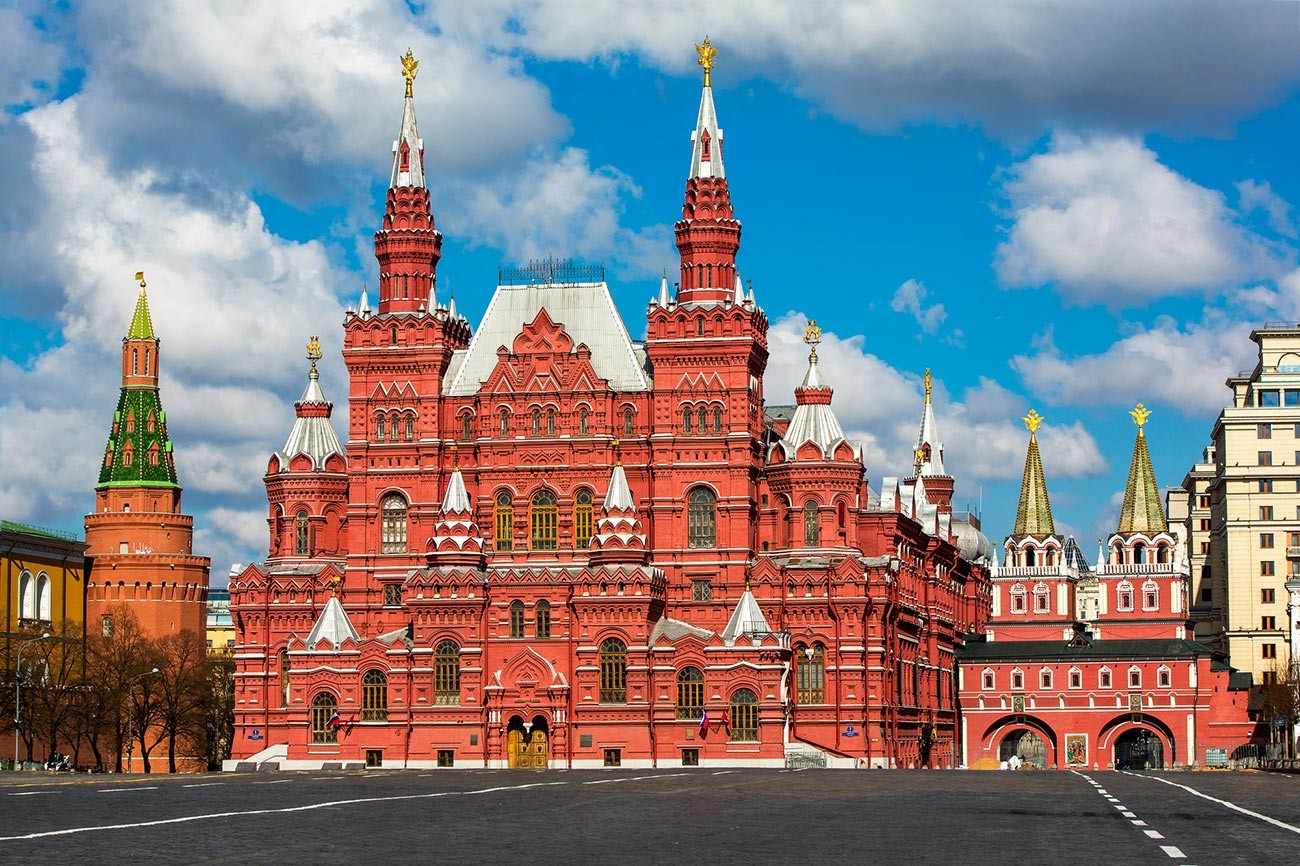
This museum of incredible beauty — dedicated to ancient Russia and the imperial era — looks as old as the nearby Kremlin. In fact, it was built only at the end of the 19th century, but its neo-Russian style blends seamlessly with the Red Square ethos. Today it houses over 5 million exhibits.
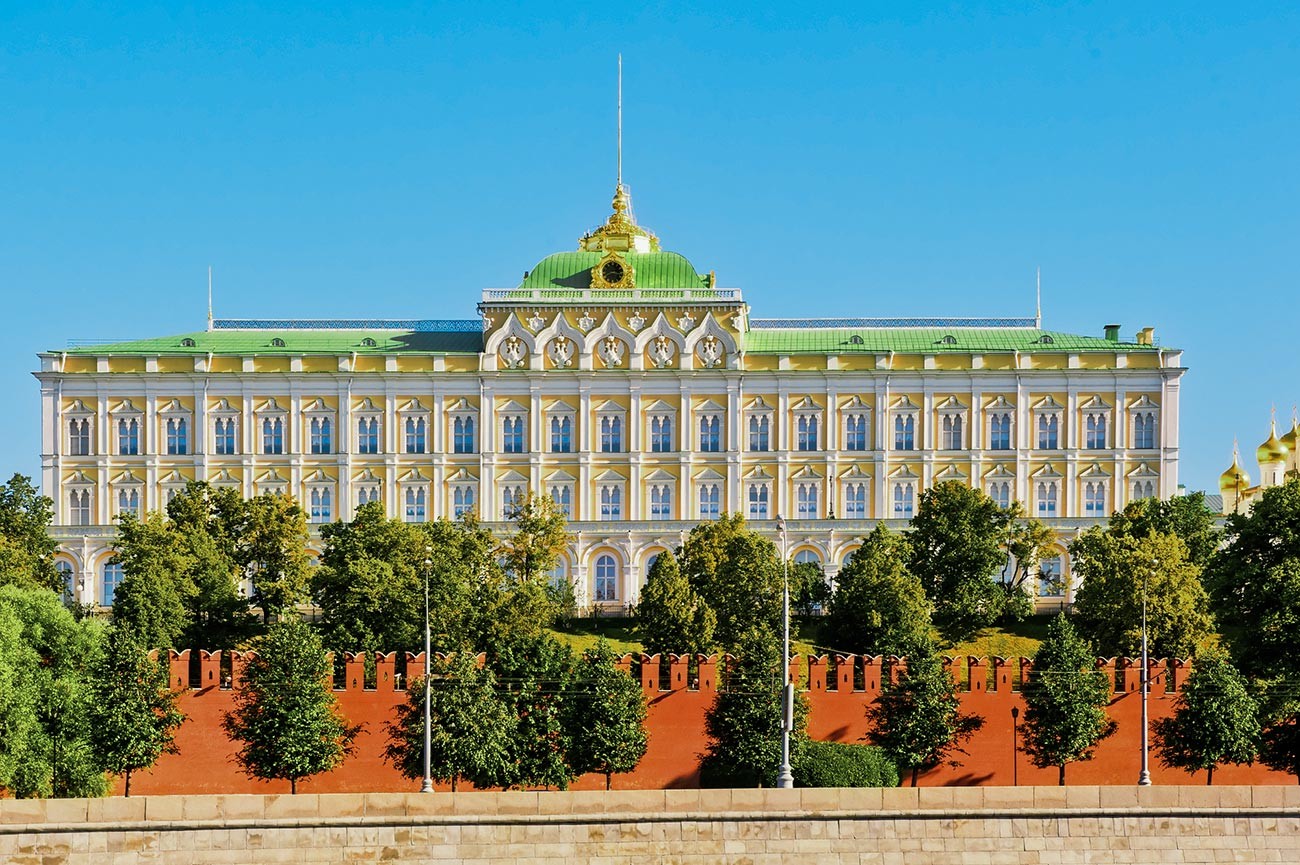
Built on the territory of the Kremlin in the mid-19th century by order of Nicholas I and used for the coronation of Russian emperors and audiences with foreign monarchs, today it is the ceremonial residence of the Russian president (who works in the Senate Palace next door). Anyone can enter the Grand Kremlin Palace, but only as part of a tour group (see here for details).

The oldest of Moscow’s fully preserved buildings and the tomb of almost all Moscow patriarchs is also located inside the Kremlin. Constructed in the 15th century, it was considered the main cathedral of the Russian state, where Byzantine relics and treasures were brought and housed. Also stored here is the decree of Emperor Paul I, son of Catherine the Great, according to which a woman was not entitled to rule the empire (Paul detested his mother). Since then, Russia has never had a female leader, royal or otherwise.

GUM (the Russian acronym for State Department Store) is not only a shopping center teeming with branded goods from classic luxury to modern Russian designers, but also a monument of architecture dating back to 1893. The main facade opens onto Red Square and matches the style of the nearby State Historical Museum.

The most famous Russian church appeared in its iconic location in 1555-1561 by order of Ivan the Terrible, and in fact contains nine churches in one. The idea of a multi-sectioned cathedral was intended to symbolize the Kingdom of Heaven (New Jerusalem). The architects conceived the “promised city” in the form of multiple churches on the same foundation.
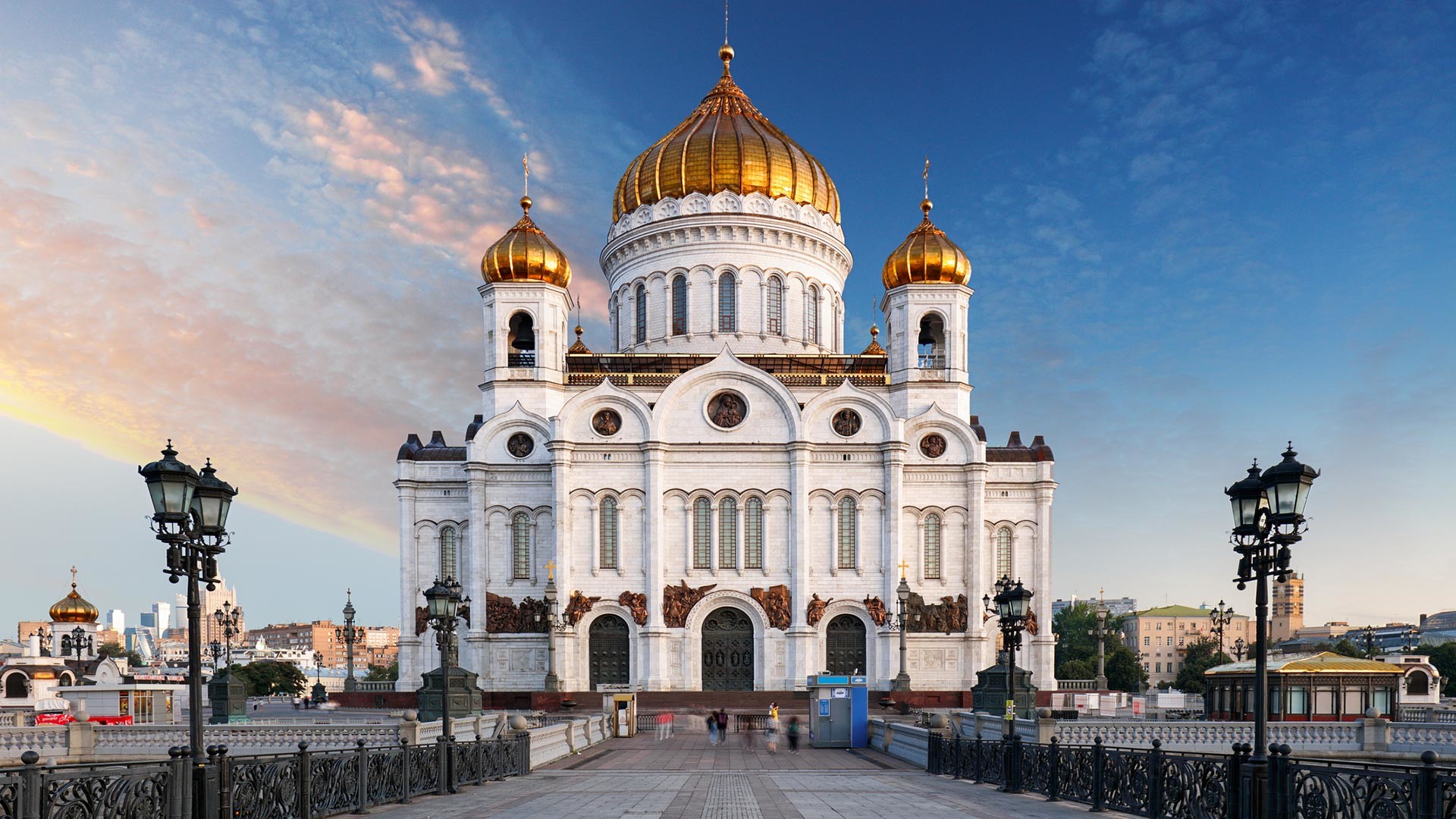
What we see today is an exact copy of the church that was built here in honor of Russia’s victory over Napoleon in 1812. But the original building did not survive the Bolsheviks. In 1931, they decided to blow it up and erect the futuristic Palace of the Soviets in its place. Either God exacted revenge or the foundations were too soft, but the half-completed construction had to be abandoned. Instead, the site was used for the largest swimming pool the country had ever seen. After the collapse of the USSR, the swimming pool’s days were numbered, and it soon made way for the cathedral mark 2.
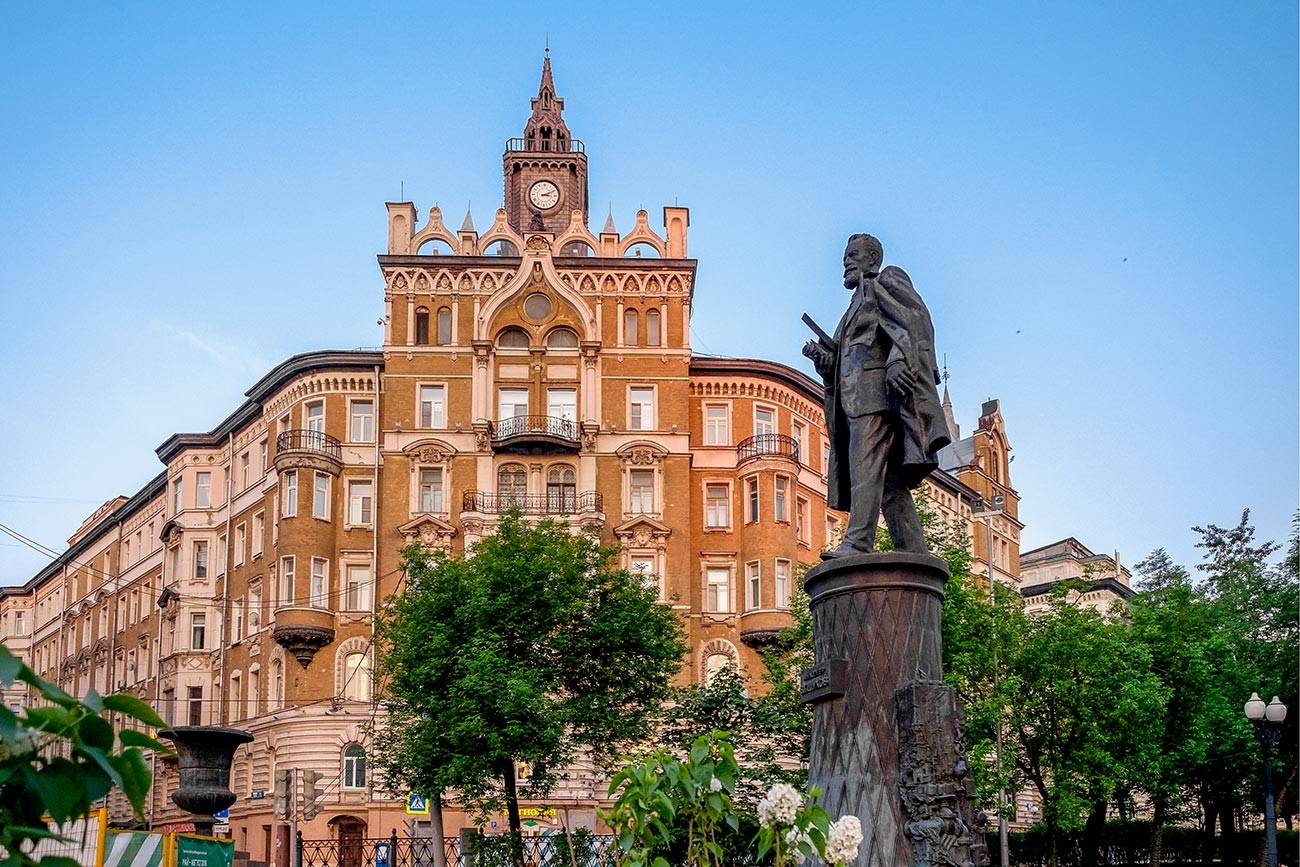
These commercial premises, built at the very beginning of the 20th century, quickly caught the eye of the creative intelligentsia. In Soviet times, they housed various literary, musical and film organizations, as well as art workshops. The studios were a focal point of the Moscow underground, whose illustrious denizens included Ilya Kabakov, one of the most highly-valued contemporary artists of Soviet origin.

The house of the Igumnovs, a family of Yaroslavl merchants, had an eventful time after the 1917 revolution. It was named after Nikolai Igumnov, who himself gave the building to the Soviet government, after which it served as the Soviet Institute of Blood Transfusion, the Institute of the Brain and, lastly, the residence of the French ambassador to Russia.
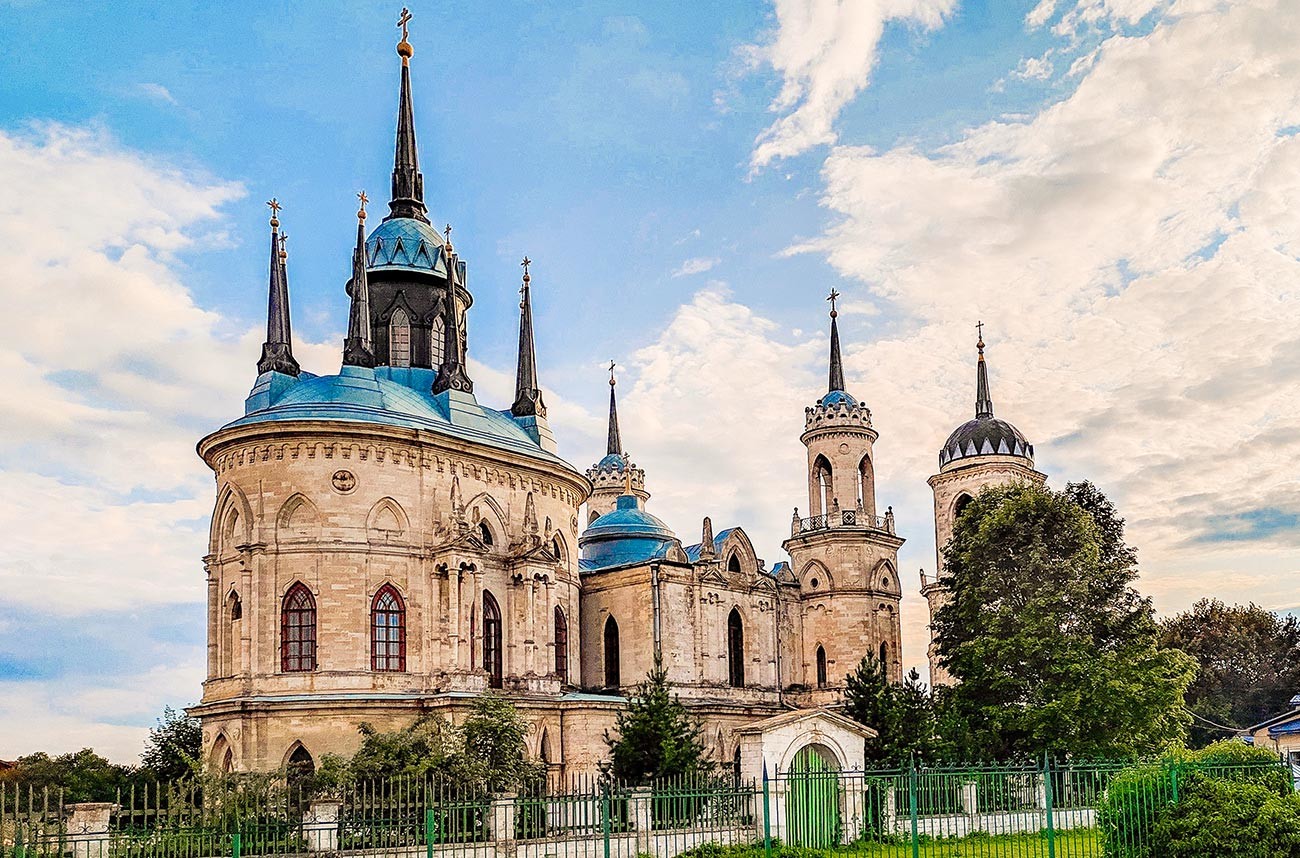
This manor house, located in suburban Moscow, resembles a Disney castle. Today, it is in fact an Orthodox church, having once belonged to various eminent families close to the imperial court. One of the owners was Mikhail Izmailov, a conspirator in the coup that brought Catherine II to the throne.
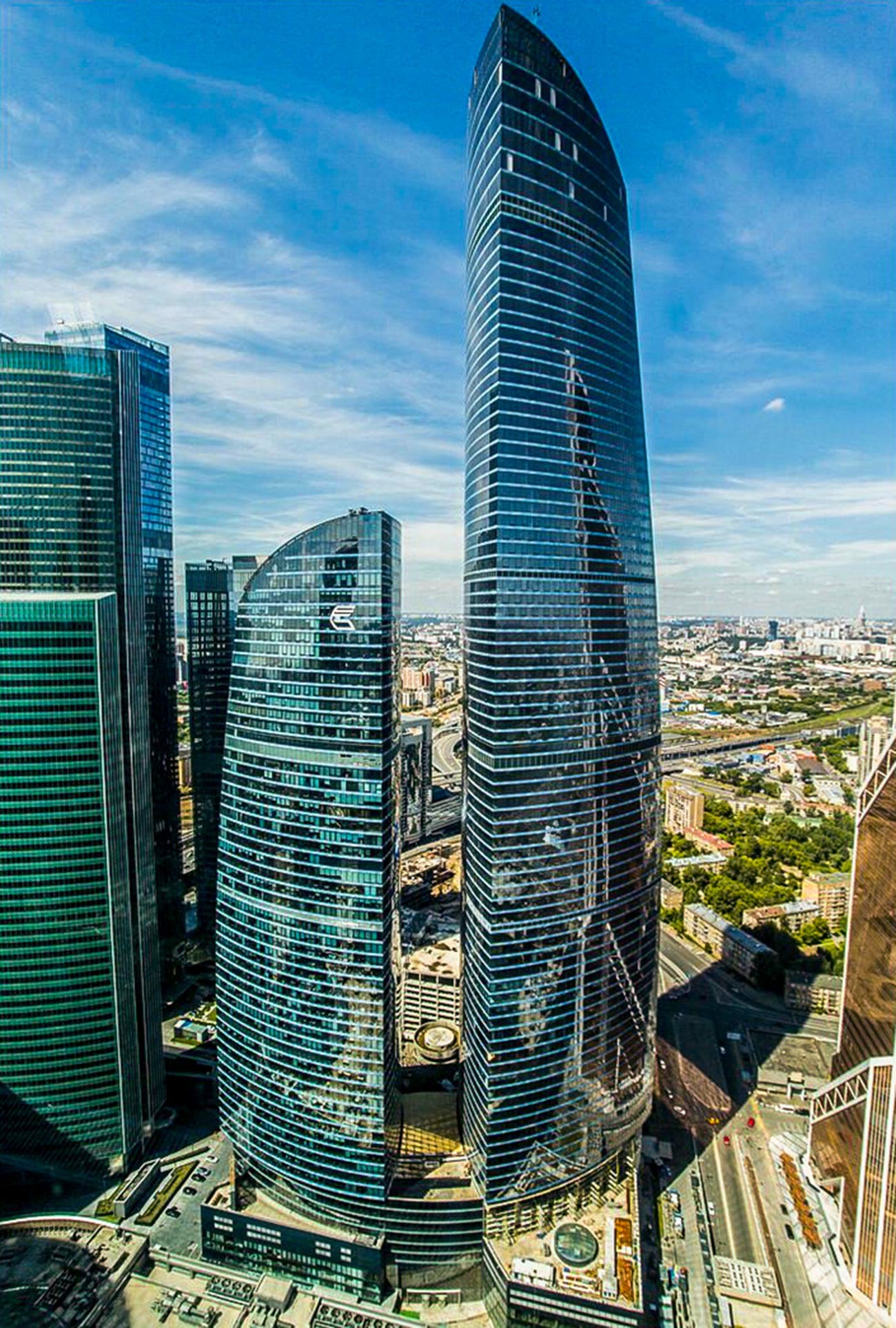
The tallest skyscraper in the Moscow-City business district, and the second highest in Europe. It stands 374 meters and 96 floors high. The architectural project is the brainchild of Sergey Choban and Peter Schweger. Besides offices, it contains numerous shops, restaurants, and premium apartments.

This magnificent palace atop a hill in southern Moscow has been given a new lease of life. Conceived as the Moscow residence of Catherine II, it was never used. Abandoned and in a terrible state until the late 20th century, the palace underwent major restoration work in the 2000s.

The Bolshoi is one of the most famous opera and ballet theaters in the world. Its iconic facade is defined by the majestic colonnade crowned with Apollo’s chariot. However, what we see today is in fact the fourth Bolshoi building, constructed in 1835, the three previous ones having burned down.
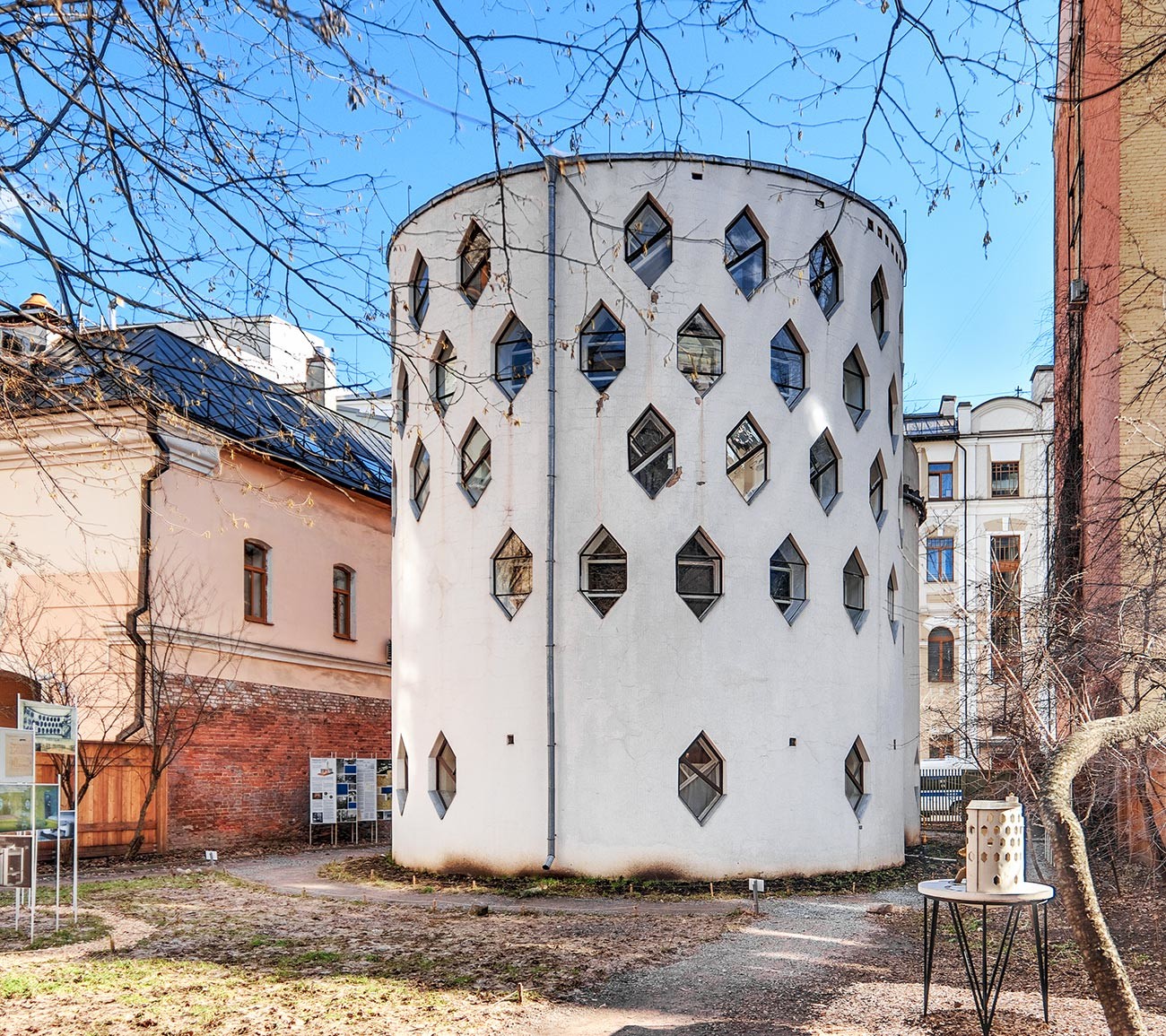
This masterpiece of 1920s Soviet constructivism was conceived as an architectural experiment: architect Konstantin Melnikov wanted to populate the entire city with round houses, believing that the cylindrical shape would save money on materials. However, his architectural solution was rejected by contemporaries, and the house remained one of a kind.
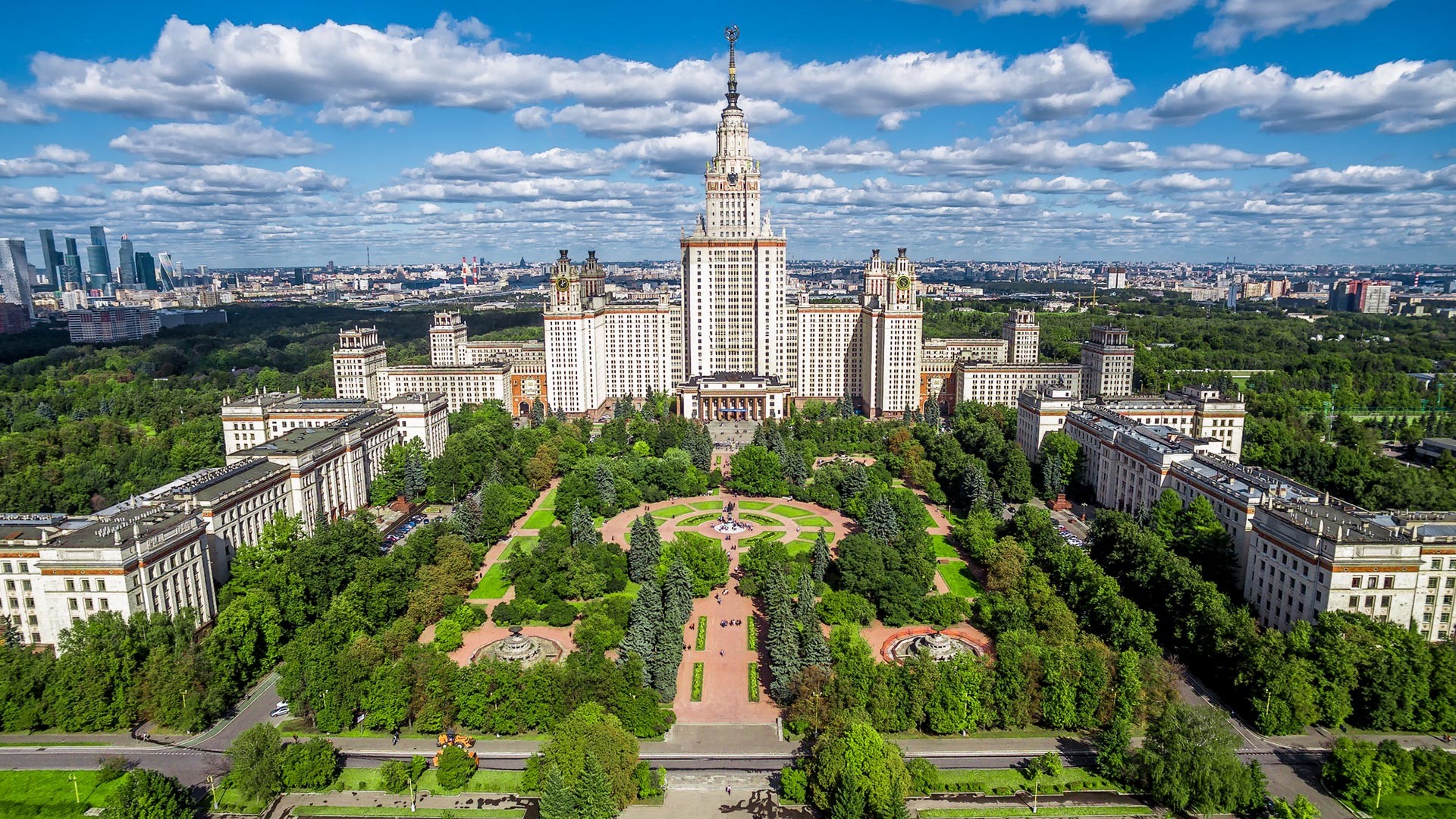
In 1947, Moscow celebrated its 800th birthday, in honor of which the government decided to erect eight high-rise buildings intended to project the might of the post-war Soviet superpower (partly inspired by US skyscrapers). In the end, only seven materialized (the so-called Stalin’s sisters). One of the most famous is the building of Moscow State University.
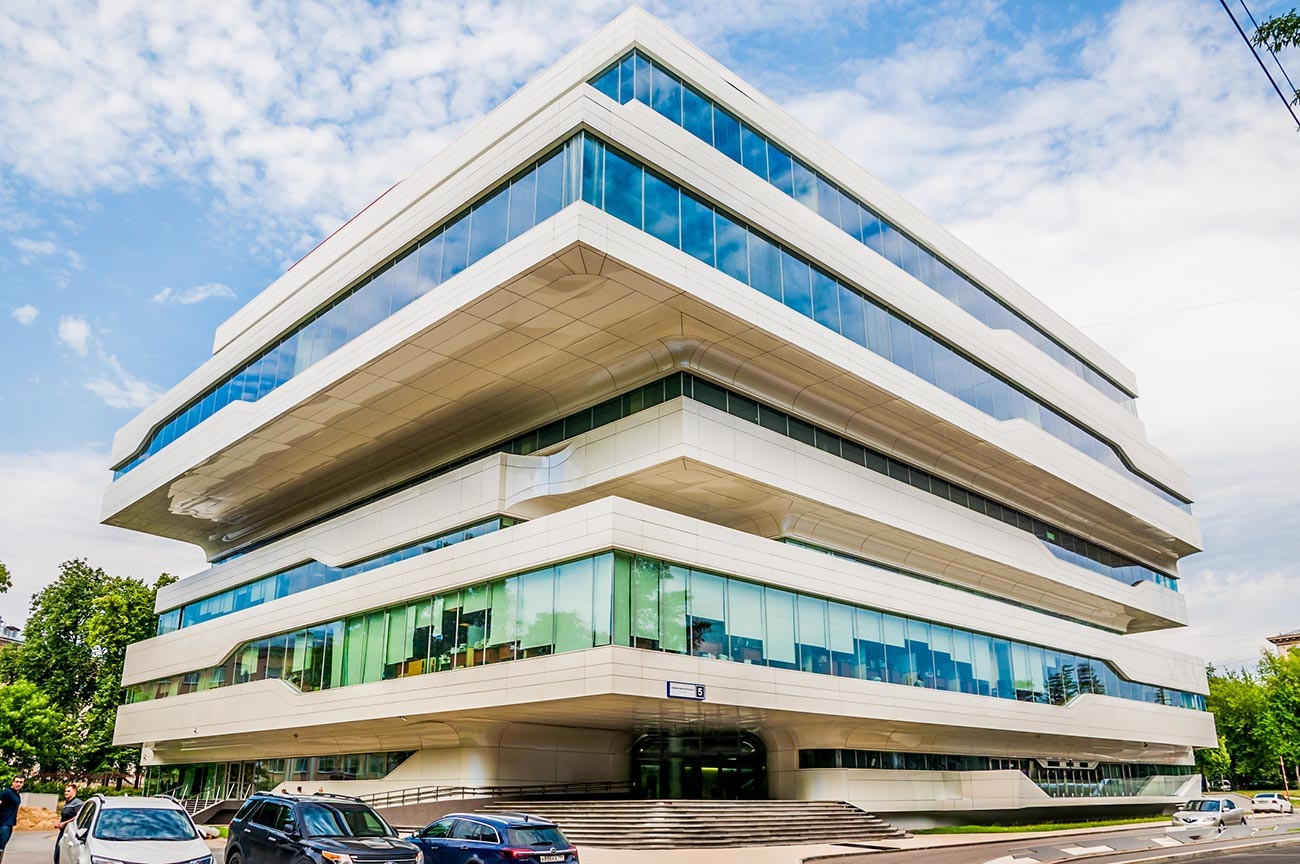
This office center, designed by world-famous architecture star Zaha Hadid, looks like a stack of books or a cake with skewed layers. Zaha Hadid Architects describes the idea as “spatial flight.” Despite its arresting appearance, the project is still less flamboyant than most of her creations elsewhere, having been slightly adapted to the harsh Russian realities.
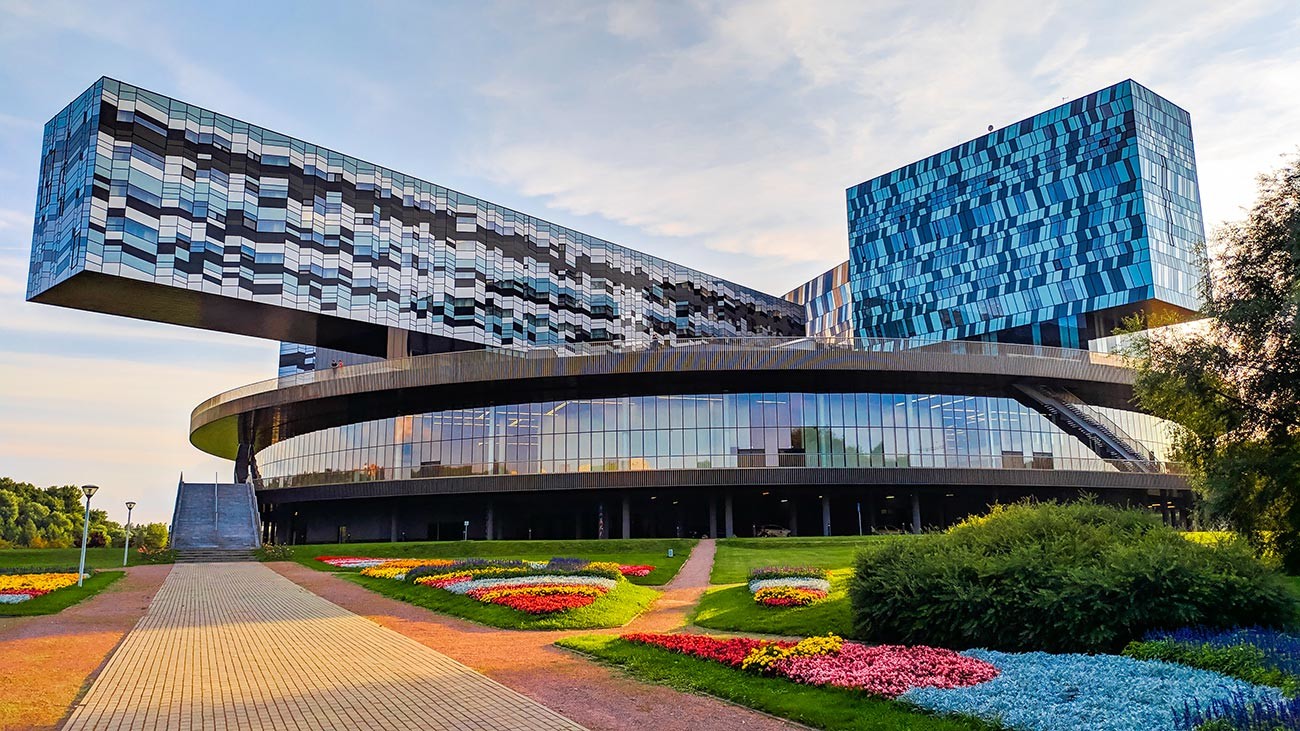
This building in western Moscow resembles a monument to suprematism and the works of Malevich. In fact, it is a business school, built in 2006 and designed by British architect David Adjaye, who also created the National Museum of African-American History and Culture in Washington and the Museum of Modern Art in Denver.
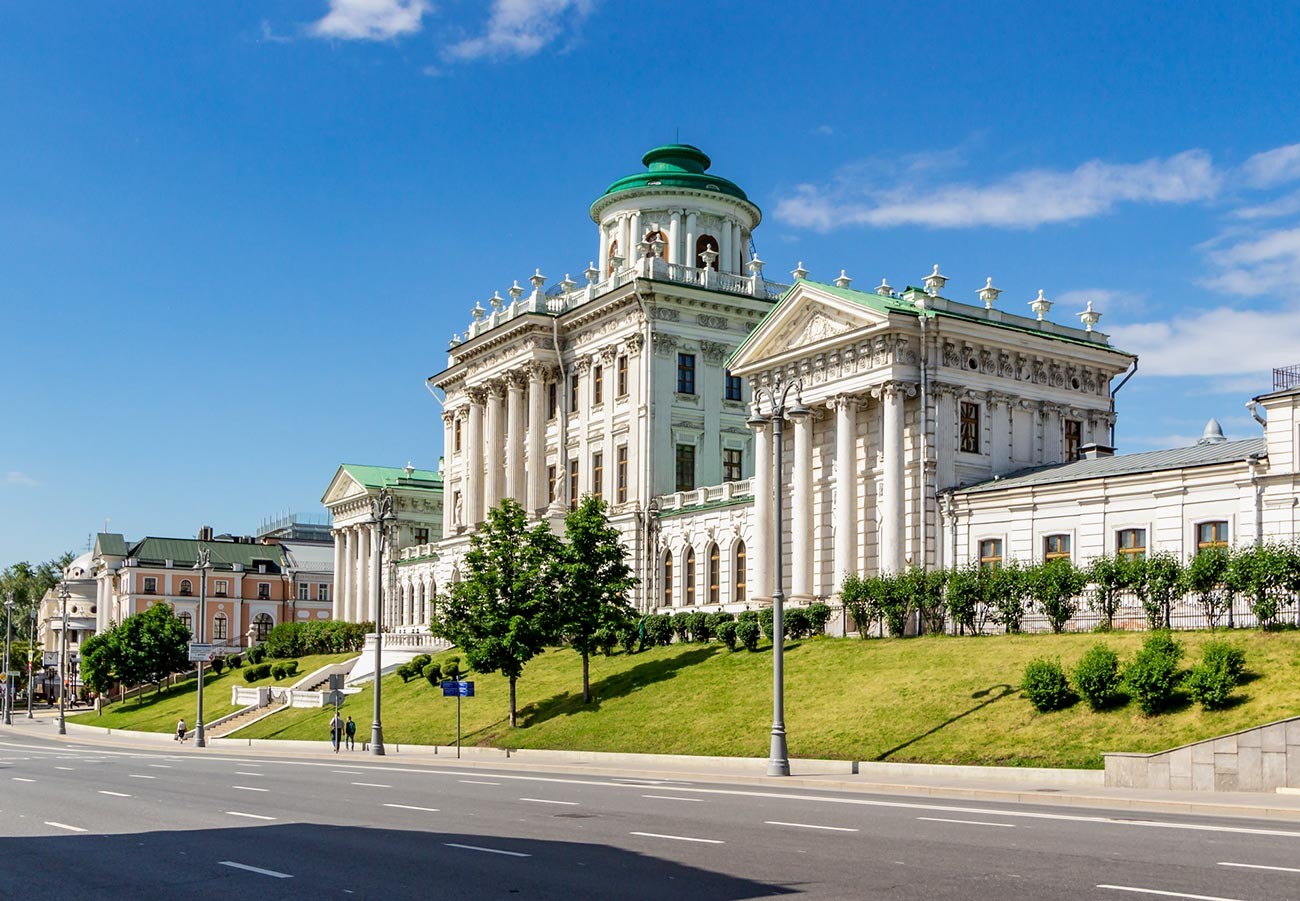
Legend has it that architect Vasily Bazhenov, offended at Catherine II for not allowing him to remodel the Kremlin, designed this magnificent mansion directly opposite to underscore her error of judgment. However, there is no real evidence of this, or in fact that Pashkov House was the brainchild of Bazhenov. And that’s not the building’s only secret. It’s rumored that deep under the hill upon which it stands the lost library of Ivan the Terrible full of priceless ancient manuscripts lies hidden.
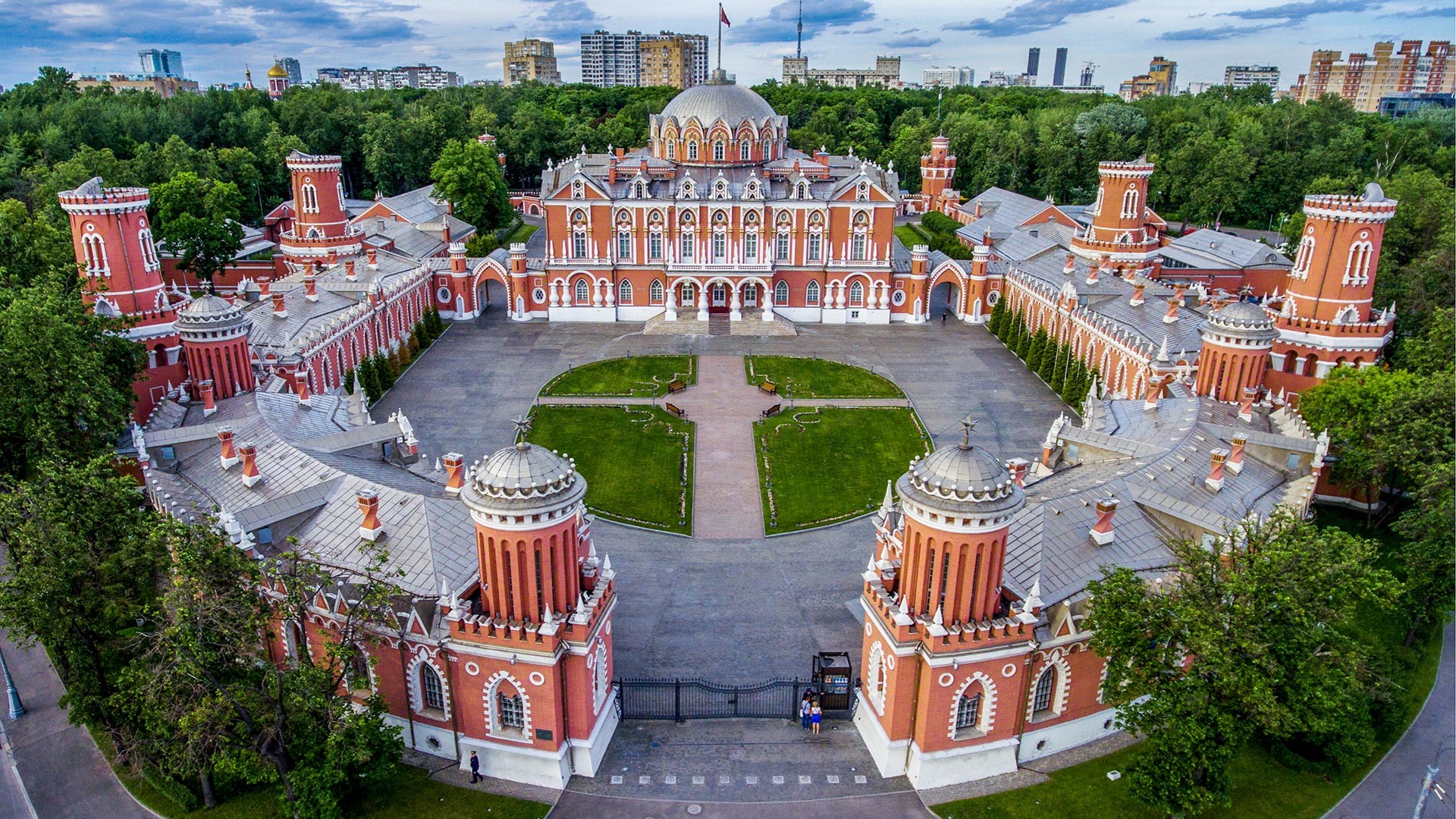
This palace was built in honor of victory in the Russo-Turkish War (1768-1774) on the orders of Catherine II, and used as a residence for nobles journeying from St Petersburg to Moscow. It even housed Napoleon and his guard for a night during their retreat from Moscow in 1812. Today, the palace contains a boutique hotel, allowing anyone to stay there.
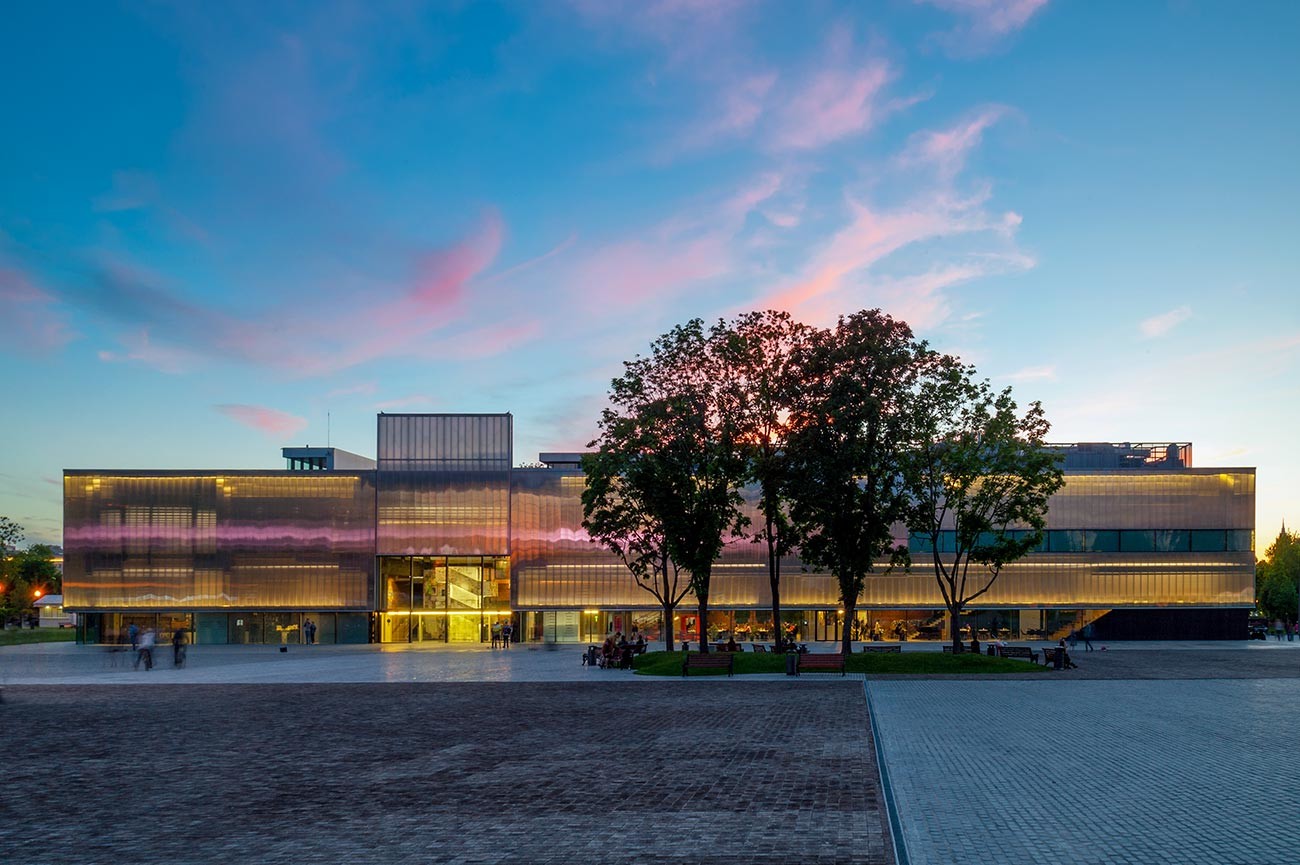
A superb example of the elegant minimalism of Dutch architect Rem Koolhaas. The basis of the project was an empty 1968 Soviet modernist building in Gorky Park, which had long accommodated the Vremena Goda (Seasons of the Year) restaurant. After its closure, the building stood abandoned for 20 years, and was only rejuvenated a decade ago. The museum interior decor preserves a unique mosaic and other architectural elements of Soviet times.
If using any of Russia Beyond's content, partly or in full, always provide an active hyperlink to the original material.
Subscribe
to our newsletter!
Get the week's best stories straight to your inbox